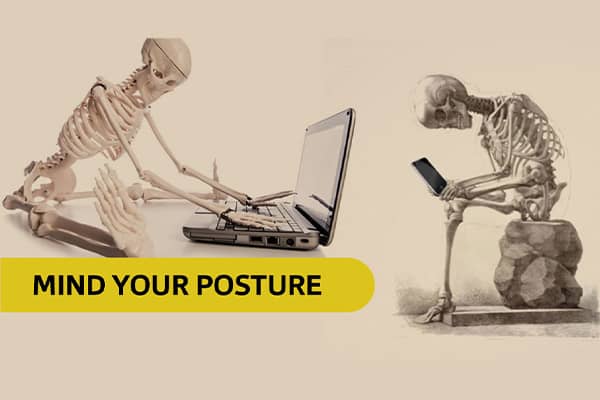Whether it is your daily commute or the extended road trip, by the end of the average week you have accumulated a lot of time behind the wheel of the vehicle. A good ergonomic setup can go a long way to enhancing both the comfort and effectiveness of your driving.
Recent research has revealed that within a group of business drivers, the following was reported:
65% low back trouble
43% neck trouble
40% shoulder trouble
Can driving cause discomfort or pain?
Yes. Discomfort and lower back pain are frequent complaints reported by drivers. In the United Kingdom, the term “repetitive driving injury” (RDI) has been used. These injuries include foot cramps, low back pain, stiff neck, and sore shoulders from poor posture, stress, tension, and staying in one posture or position for a extended period. RDI is a form of a work-related musculoskeletal disorder (WMSD).
Is sitting in a car seat the same as sitting in a chair?
No, even though you are sitting, they are different activities. When you use the steering wheel, your hands and arms are higher than when you are working at a desk. To operate the brake and accelerator pedals, you have to extend your legs more forward than you would when sitting at a desk. One foot may be flat on the floor and the other at an angle to operate the accelerator and brake pedals. If your vehicle has a standard (manual) transmission, you must use the other foot on the clutch and one arm and hand to operate the gear shift.
In addition, your body experiences up-and-down vibrations from the car travelling on uneven or bumpy road surfaces and the body moves sideways when you turn on corners. Depending on how fast you accelerate or decelerate, you will feel a force on your body.
What occupations are at risk?
Any person who spends a lot of time in a vehicle (car, truck, ambulance, etc.) is likely to experience aches and pains. Drivers tend to experience pain more often as it is more difficult to shift body positions while driving. However, passengers can also feel the same effects if they are sitting in a vehicle for prolonged periods without changing position or getting out of the vehicle and stretching or taking a break every hour or two.
What causes these aches and pains?
- Poor posture– from personal habit , or from an improperly adjusted or fitted seat
- Low frequency whole-body vibration in moving cars and trucks can contribute to effects on the lower back
- The shape of the vehicle seat itself may put pressure on selected parts of the legs, back and buttocks. This contact can lead to pain or discomfort at pressure points and may affect blood flow to the legs and feet.




